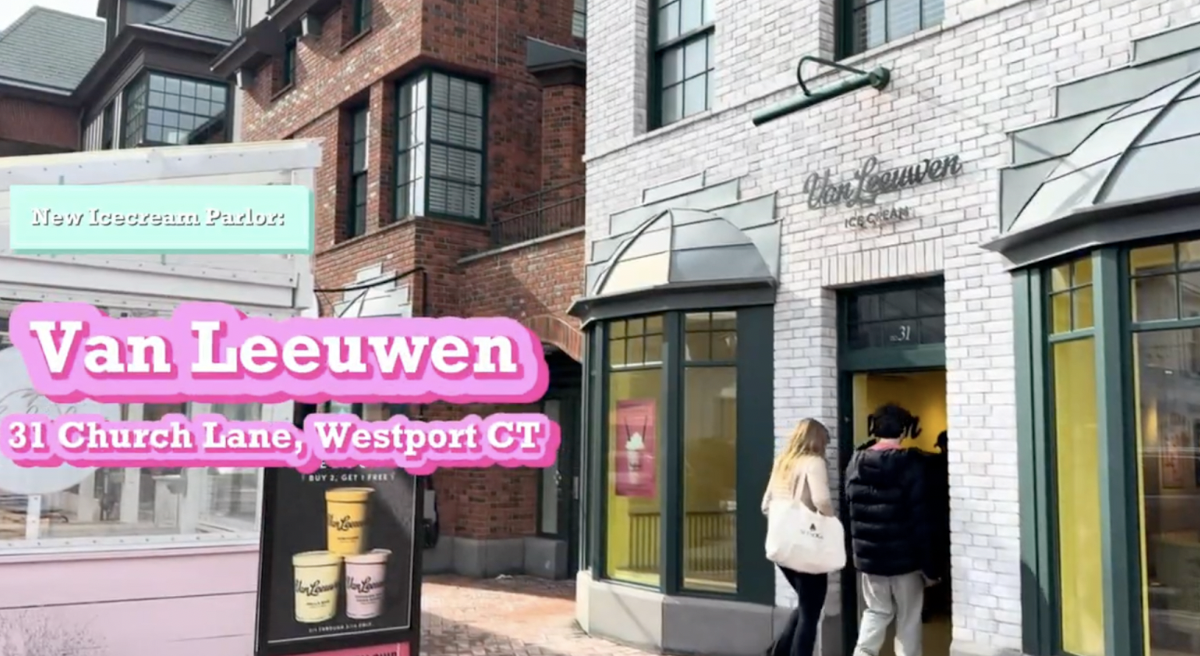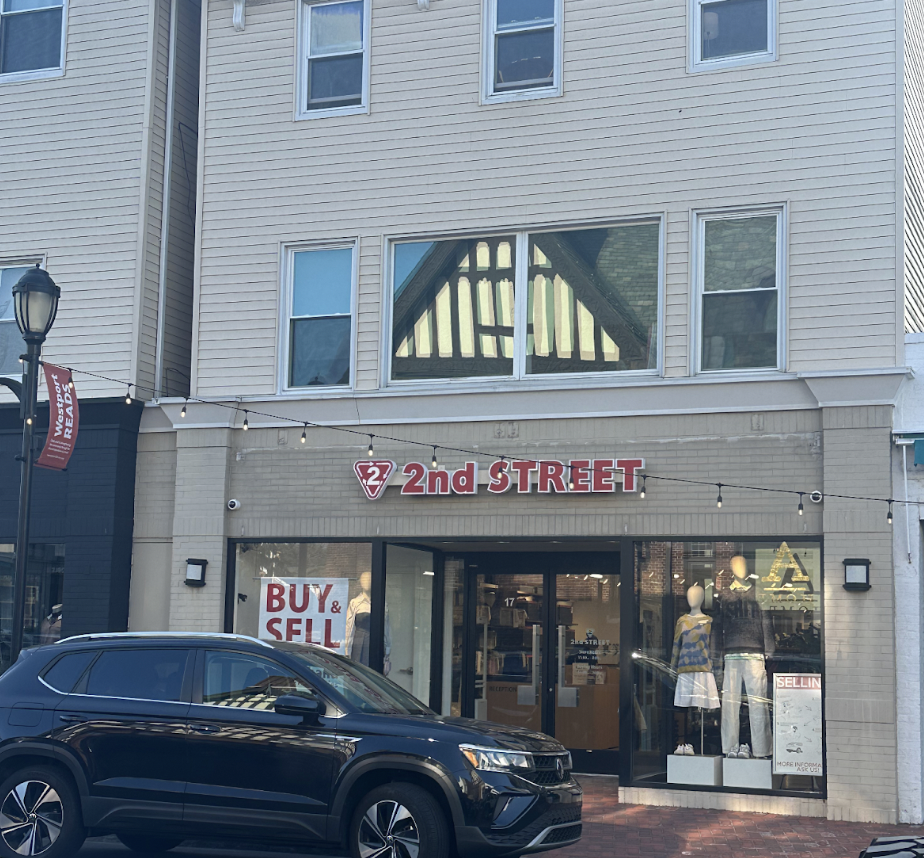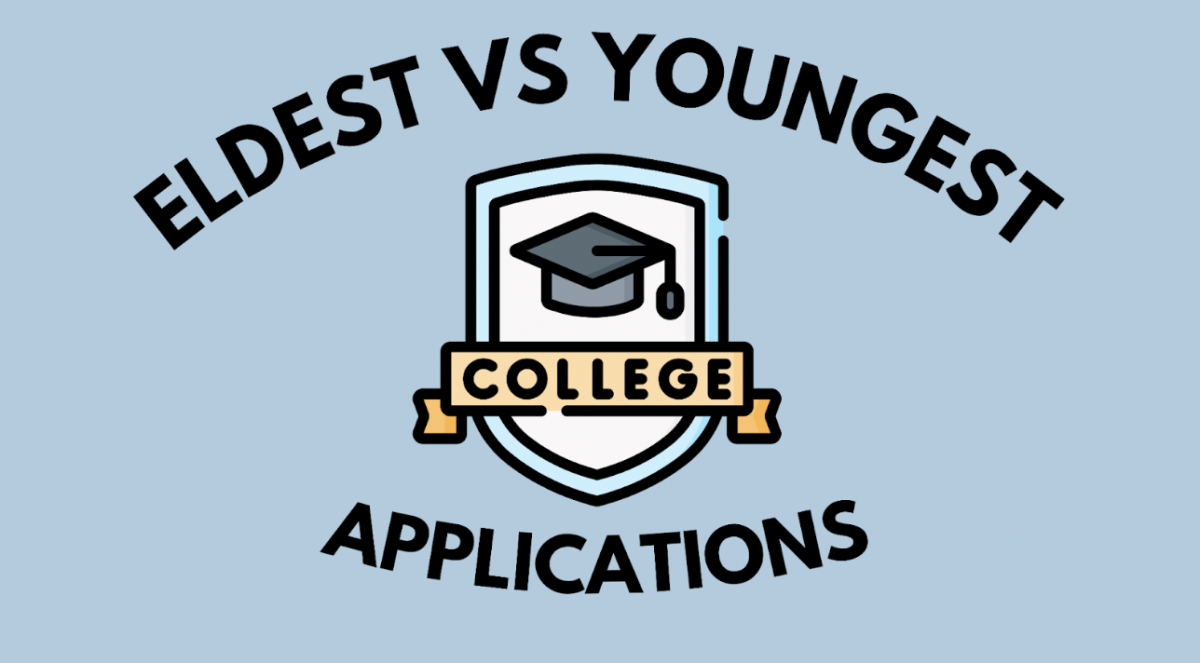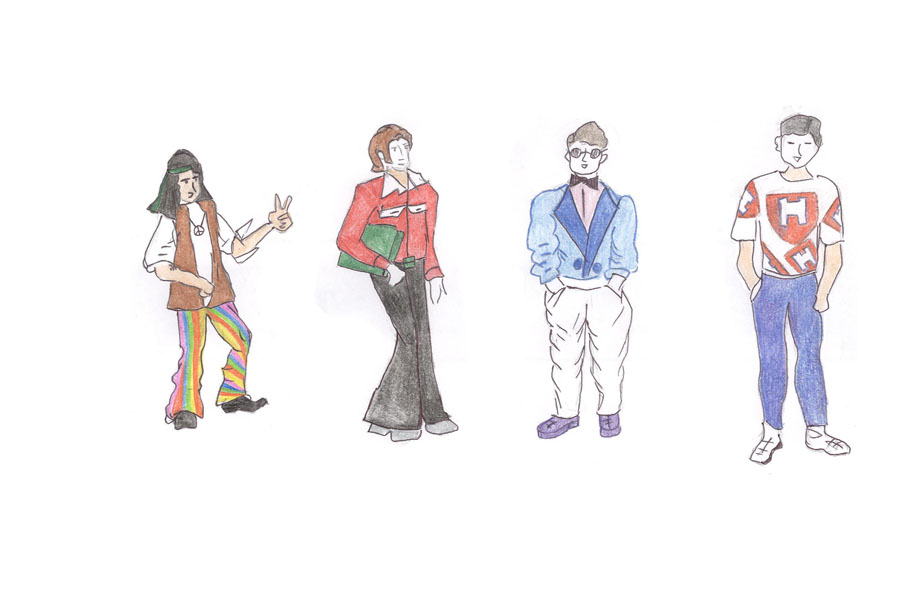Adam Wheeler lied his way into Harvard and Stanford. The young Delaware con artist inflated his test scores and doctored his qualifications. He even managed to get $50,000 in financial aid. If only it were that easy.
Wheeler was charged with and convicted of “college credential fraud.”
Over the past few decades, applying to college has become many students’ sole focus. Like Wheeler, many face immense pressure.
“I have grown up with the idea of college engrained in my head. And the closer and closer it gets, the more stressful it gets,” Michelle Beaudoin ’14 said.
The Nature of the Applicant Pool
Forget about learning. Over the past few decades, the college-bound applicant pool has grown tremendously, and with it, the college industry.
There is a certain duality to this “industry.” Higher education serves – and has always served – a public interest. Yet colleges and universities nationwide are businesses, too, constantly marketing themselves.
“[Colleges] are institutions, and they are building their own profile,” Matthew Greene, college counselor at Greene & Associates in Westport, said. “There is now a higher national applicant pool of students looking to apply to more selective colleges.”
A large portion of the growth is due to the children of the Baby Boomers known as the “echo boomers” or “the millennials.” According to the National Center for Education Statistics (NCES), about 3.4 million students are expected to graduate high school this spring. In 1870, there were only two students receiving high school diplomas per 100 17-year-olds.
With this surge of students, there is an inherent urgency to graduate and earn a degree. A college education is the new minimum requirement for many jobs.
With this demographic bulge, the college industry has fused into a numbers game.
Staples guidance counselor Micah Lawrence believes the pressure stems from college visits. At the end of information sessions, admissions officers will often rattle off the credentials they are looking for from a viable applicant.
“Colleges will say ‘We’re looking for solid transcripts, SAT scores, this and that,’” Lawrence said.
The higher the numbers, the better.
The Pressures
Risa Werner, a parent of two Staples seniors, said her parents never even looked at her essay and that she applied to only four schools, finally deciding on Emory.
“I simply went to my guidance counselor and she suggested a few colleges based on my grades, SATs, and geographicalpreference,” Werner said.
Richard Errante, a private music teacher in Westport, had a similar experience. Taking the SAT, for example, was practically an afterthought.
“All I remember being told that week was: ‘On Saturday morning you have to come in for three hours and take a test.’ I didn’t take any practice SATs—I was just required to take it,” Errante said.
Greene has been college tutoring for 16 years. He explained that college counseling emerged as an industry in the 1980s and was ramped up through the 1990s.
“In 1968 [when Greene & Associates was founded], you could probably count on one hand the number of independent consultants. Now it’s about four to five hundred educational industry professionals,” he said.
Students as young as eighth grade now visit Greene & Associates for pre-high school advising.
Beaudoin believes that some of her peers pay too much attention to the US News & World Report top college list each year. She said that many choose classes and activities based on what they think colleges want.
“If it were up to me, I would take all science classes; but colleges want to see a balanced schedule so I try to take challenging English and social studies classes as well,” Beaudoin said.
Standardized Testing
In 1926, the SAT lasted 90 minutes.
“Parents will often say, ‘Oh, I took the SATs once during my senior year fall.’ They don’t even remember their scores. They might not have even known their scores at the time,” Green said.
Case in point is Errante:
“We went into the gym, and there were hundreds of students in the gym and they just passed out the test. There was just verbal and a math section. That was it,” Errante said. “I basically took it and forgot about it. No one said anything, just, ‘Show up and take the test.’”
But now, students prepmonths in advance with books the size of cinderblocks.
Now, the SAT clocks in at about four hours, an endurance test. And the option to take the test multiple times gives students the opportunity to raise their scores and become more comfortable with test taking.
In Hindsight
It is easy to get caught up in the stress. But Lawrence believes it does not have to be an overwhelming process.
“A lot of it is how you handle it, your attitude towards college, what success is and how that’s defined—which is not always a GPA and a test score,” Lawrence said.
Hindsight is always 20/20.
“There should be more of a focus on what you’re getting out of the college environment and how to be successful,” Greene said, “All the studies seem to show that it’s not where you go, it’s whether you go and what you do with it when you get there.”













































